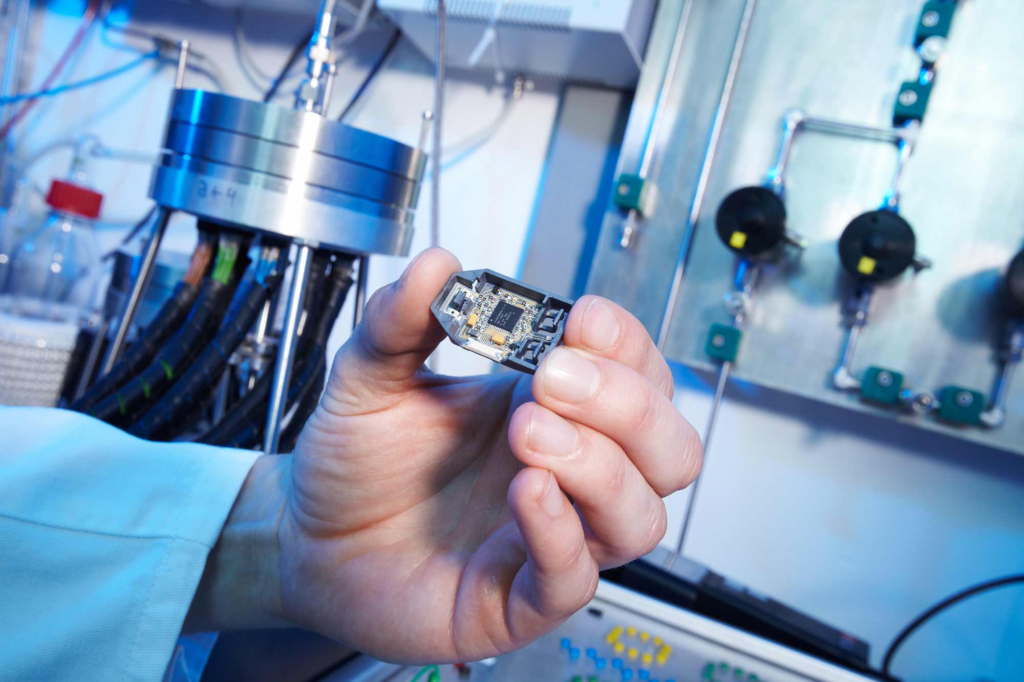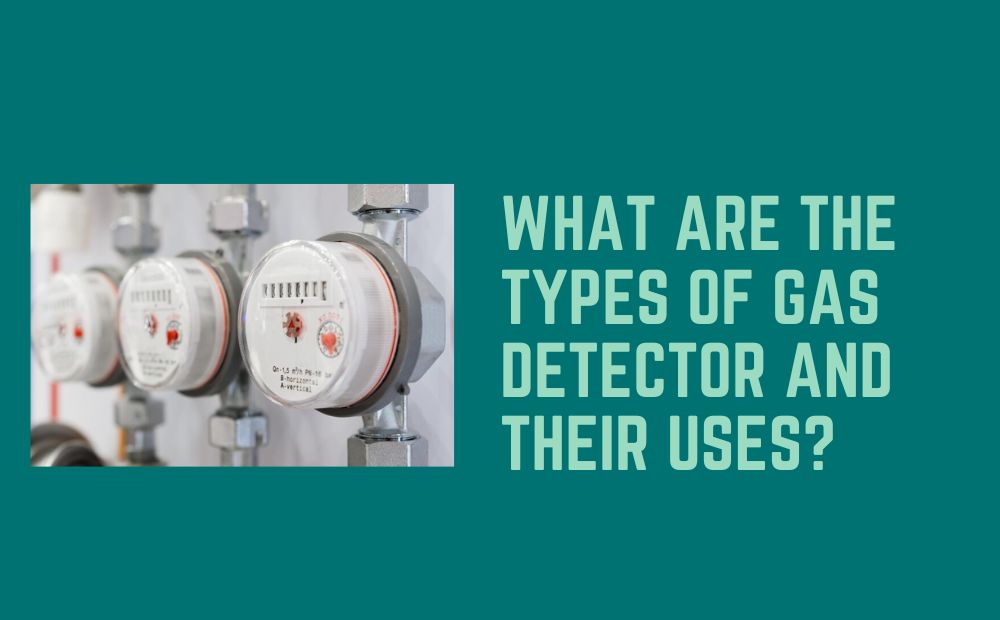Gas detectors play a crucial role in ensuring safety in various environments where hazardous gases may be present. These devices are designed to detect the presence of specific gases and alert individuals to potential dangers. Understanding the types of Gas Detector available and their uses can help you choose the right device for your safety needs.
Importance of Gas Detectors
Gas detectors are essential tools for identifying and monitoring gases that are toxic, combustible, or otherwise harmful. They are used in a wide range of industries and settings to protect workers, property, and the environment from the risks associated with gas leaks and exposure.
Ensuring Workplace Safety
Gas detectors are vital in industrial workplaces where hazardous gases are commonly encountered. They help prevent accidents, injuries, and fatalities by providing early warning of gas leaks or accumulation.
Environmental Monitoring
In environmental monitoring, gas detectors are used to assess air quality and detect pollutants that can harm ecosystems or affect public health. Monitoring gases such as carbon monoxide (CO) and sulfur dioxide (SO2) helps authorities take timely action to mitigate environmental impact.
Emergency Response Preparedness
Gas detectors are integral to emergency response efforts, enabling responders to quickly identify and mitigate gas-related hazards during incidents such as chemical spills, fires, or natural disasters.
Types of Gas Detectors
1. Fixed Gas Detectors
Uses
Fixed gas detectors are installed in specific locations to continuously monitor for the presence of gases. They are commonly used in industrial facilities, refineries, and manufacturing plants where gas leaks can pose significant risks to personnel and operations.
Applications
- Petroleum Refineries: Monitoring volatile organic compounds (VOCs) and flammable gases.
- Chemical Plants: Detecting toxic gases like hydrogen sulfide (H2S) and ammonia (NH3).
- Power Plants: Monitoring carbon dioxide (CO2) and methane (CH4) levels.
2. Portable Gas Detectors
Uses
Portable gas detectors are handheld devices used for on-the-go monitoring of gases in various environments. They provide flexibility for workers to monitor personal exposure levels or conduct spot checks in different areas.
Applications
- Confined Spaces: Checking oxygen (O2) levels and detecting combustible gases before entry.
- Construction Sites: Monitoring for toxic gases such as hydrogen cyanide (HCN) and nitrogen dioxide (NO2).
- Emergency Response: Quickly assessing gas hazards during hazmat incidents or rescue operations.
3. Single Gas Detectors
Uses
Single gas detectors are designed to detect one specific type of gas. They are compact and specialized for monitoring gases that pose specific risks in certain environments.
Applications
- Carbon Monoxide Detectors: Commonly used in homes, offices, and industrial settings to detect CO, a colorless and odorless gas produced by combustion.
- Hydrogen Sulfide Detectors: Essential in industries like oil and gas, wastewater treatment, and mining to monitor H2S levels, which can be lethal in high concentrations.
4. Multi-Gas Detectors
Uses
Multi-gas detectors can detect multiple gases simultaneously, offering versatility in environments where exposure to various gases is possible. They provide comprehensive monitoring and are favored for their efficiency and convenience.
Applications
- Industrial Safety: Monitoring for a combination of gases such as oxygen deficiency, combustible gases, and toxic vapors.
- Emergency Response Teams: Equipping responders with tools to assess the presence of multiple gases during firefighting or hazardous material incidents.
Choosing the Right Gas Detector
Selecting the appropriate gas detector depends on several factors, including the types of gases present in your environment, operational requirements, and regulatory compliance. Consider the following when choosing a gas detector:
Factors to Consider
Gas Detection Requirements
Identify the specific gases you need to monitor and their permissible exposure limits (PELs) to ensure the detector meets your safety objectives.
Environmental Conditions
Consider factors such as temperature, humidity, and potential interference from other substances that may affect detector performance.
Calibration and Maintenance
Ensure the detector is easy to calibrate and maintain to sustain accurate and reliable operation over time.
Advantages of Using Gas Detectors

Early Warning Systems
Gas detectors serve as early warning systems by detecting gases at concentrations well below harmful levels. This early detection allows for timely intervention and mitigation of potential hazards before they escalate.
Prevention of Accidents and Injuries
By continuously monitoring for gas leaks or accumulation, detectors help prevent accidents and injuries caused by exposure to toxic, flammable, or oxygen-deficient atmospheres. This proactive approach is critical in high-risk industries such as oil and gas, chemical manufacturing, and mining.
Compliance with Safety Regulations
Using gas detectors ensures compliance with stringent safety regulations and standards set by occupational health and safety authorities. Regular monitoring and adherence to safety protocols protect both workers and employers from legal liabilities and fines.
Economic Benefits
Cost Savings
Investing in reliable gas detection systems reduces operational costs associated with downtime, equipment damage, and insurance premiums. Early detection of gas leaks minimizes potential losses due to production interruptions and property damage.
Enhanced Operational Efficiency
Efficient deployment of gas detectors improves overall operational efficiency by reducing unplanned shutdowns and maintenance disruptions. This allows businesses to maintain continuity in their operations and meet production targets consistently.
Conclusion: Enhancing Safety with Gas Detectors
Gas detector are indispensable tools for safeguarding lives and property in environments where gas hazards are present. Understanding the different types of gas detectors and their applications empowers industries and individuals to make informed decisions about safety equipment that best suits their needs.
Note:- To read more articles visit on technewsideas.


